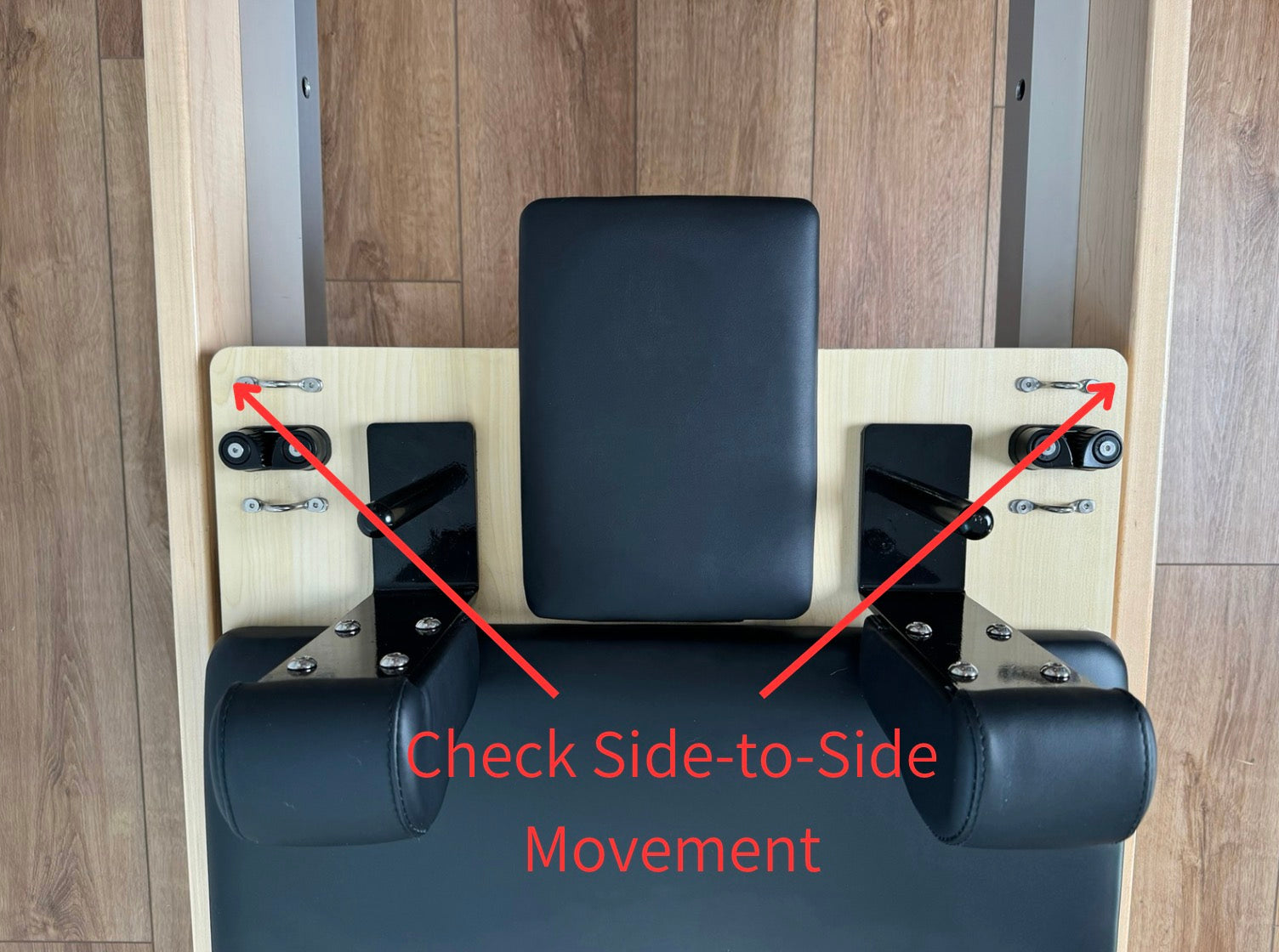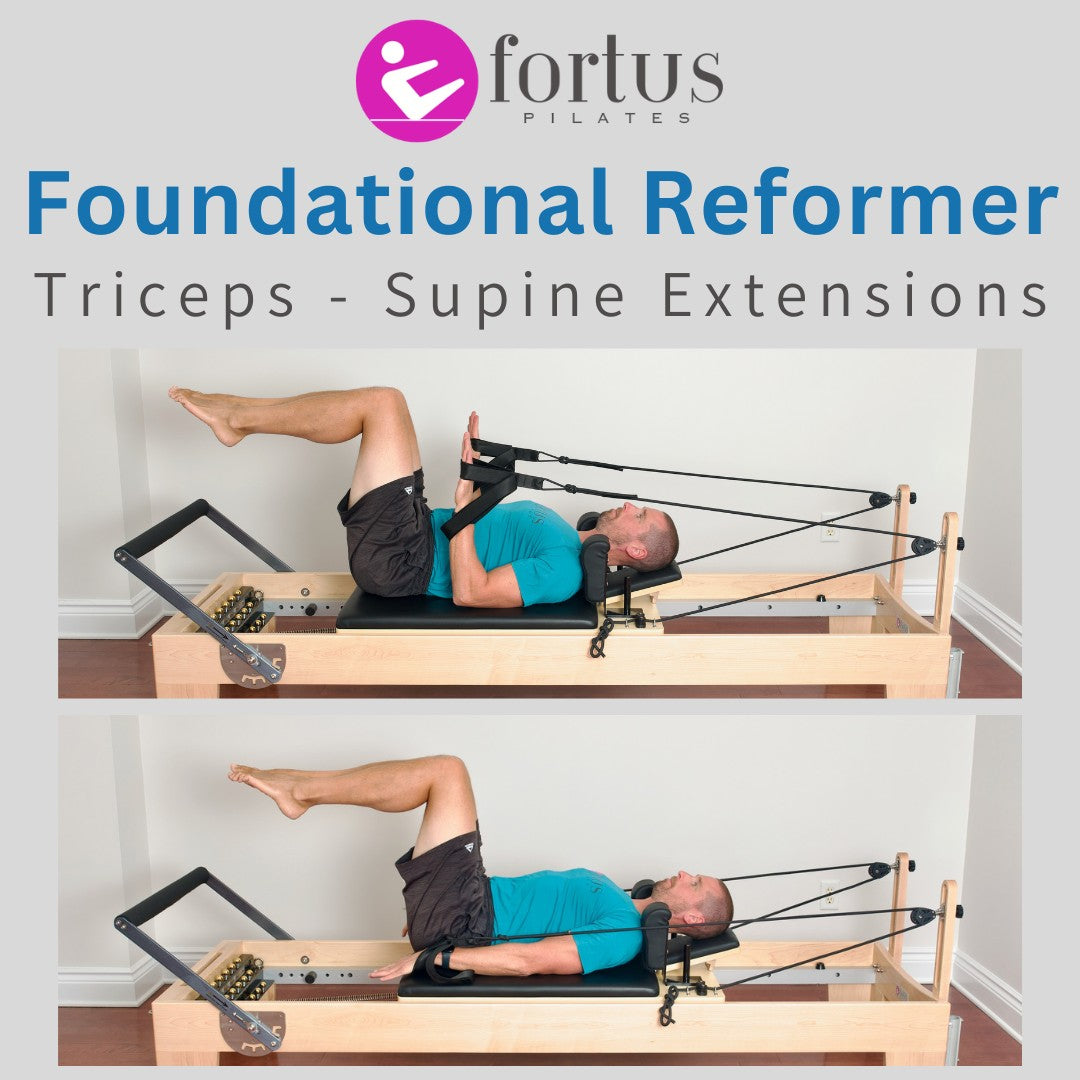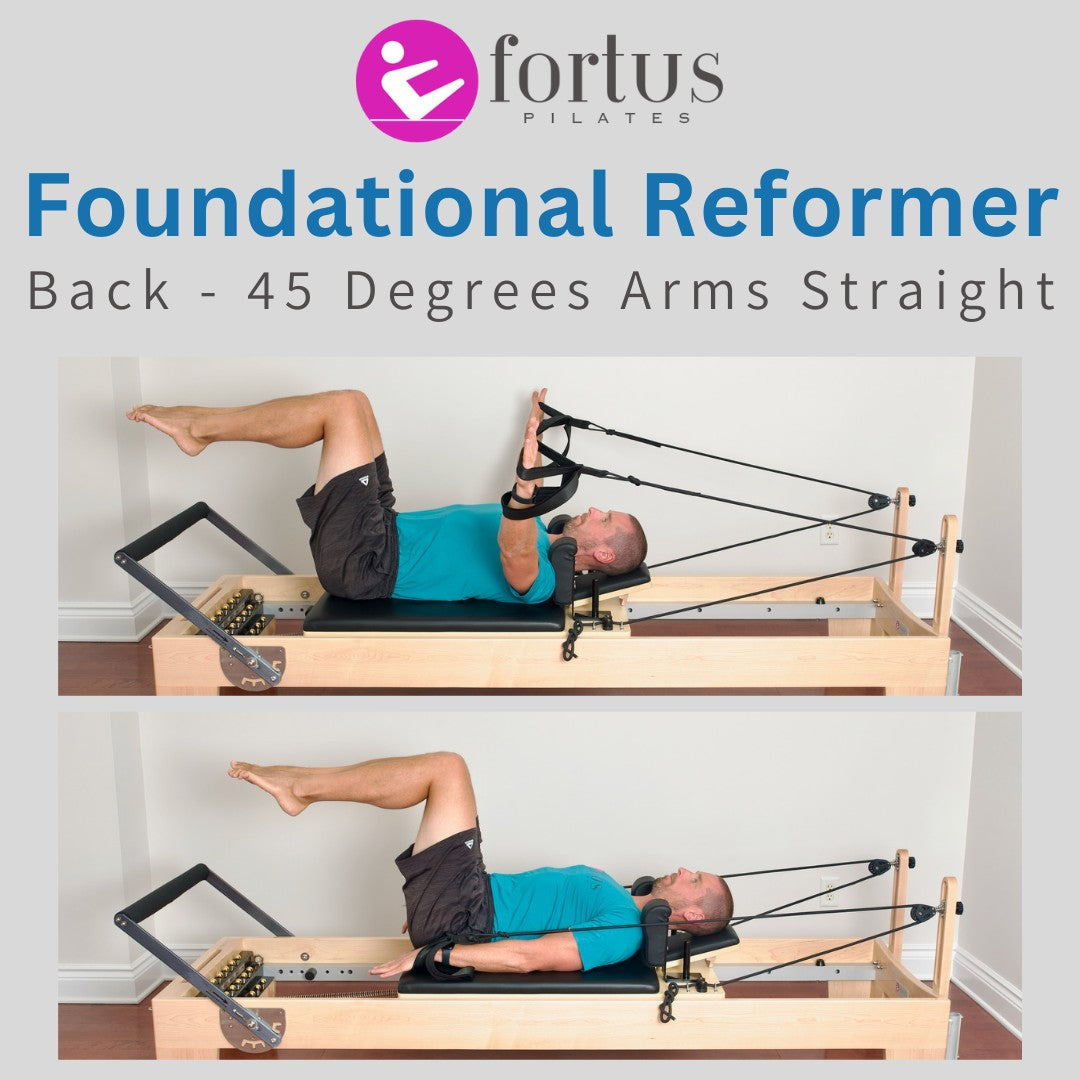
Introduction
When delving into the world of Pilates, one quickly realizes the central role that the Pilates reformer plays in the practice. This versatile piece of equipment has undergone many transformations since its inception by Joseph Pilates. Today, we're faced with two main categories of reformers: Classical and Contemporary. Both types honor the core principles of Pilates, yet they differ in design, functionality, and approach. Let's explore these differences to help you decide which might be the right fit for your Pilates journey.
Summary Analysis
| Classical Reformer | Contemporary Reformer | |
|---|---|---|
| Design & Build | Fixed design and dimensions. Wood | Varying designs, features, and dimensions. Wood or metal. |
| Springs & Resistance | 4 or 5 springs of identical resistance | Up to 6 springs of varying resistance. |
| Exercises & Methodology | Regimented exercise sequences with no variance. | Flexible exercise sequences tailored to individual. |
The Classical Reformer
The Classical Pilates reformer stays true to Joseph Pilates' original design. It is the choice for purists who wish to practice Pilates as it was originally intended. The dimensions, materials, and mechanics are designed to adhere closely to what Joseph Pilates used in his New York studio.

Joseph Pilates using a classical reformer.
Design & Build
Classical reformers are often made of wood, following the traditional aesthetics and dimensions set by Joseph Pilates. They tend to be quite streamlined, with a narrow carriage and a specific set of springs.
Springs & Resistance
The resistance on a classical reformer comes from a specific number of springs, typically four or five, which have remained consistent in tension since Pilates' time. Each spring has an identical resistance. This offers a consistent feel and challenge that is characteristic of the classical method.
Exercises & Methodology
The resistance on a classical reformer comes from a specific number of springs, typically four or five, which have remained consistent in tension since Pilates' time. Each spring has an identical resistance. This offers a consistent feel and challenge that is characteristic of the classical method.
The Contemporary Reformer
Contemporary reformers have evolved from the classical design to accommodate modern fitness research, material advancements, and biomechanics. They are adaptable and often feature various modifications to cater to a broader range of exercises and body types.

A Fortus Pilates contemporary reformer.
Design & Build
These reformers may use a variety of materials, including wood and metal, to enhance durability and stability. The carriages are typically wider, providing more space for movement and comfort, especially for larger individuals or those with broader frames. Additional features such as jumpboards are common.
Springs & Resistance
Contemporary reformers may offer a more varied spring system, with adjustable tensions that allow for a wider range of resistance. This can cater to a broader spectrum of users, from rehabilitation patients to elite athletes, making it a versatile choice for many studios and home users.
Exercises & Methodology
Contemporary Pilates reformers are not bound by the strict sequence of the classical method. Instructors have the freedom to modify exercises and sequences based on individual client needs and contemporary fitness principles. This flexibility can be particularly beneficial for those with specific injuries or conditions.
Should I Choose a Classical or Contempory Reformer?
The choice between a classical and contemporary reformer depends on your personal preferences and goals. If you're a traditionalist at heart and wish to experience Pilates in its original form, a classical reformer may be for you. However, if you're looking for versatility and the ability to tailor workouts to specific needs, a contemporary reformer might be more suitable.
Ultimately, both types of reformers offer the core benefits of Pilates, including improved strength, flexibility, and body awareness. Whether you choose classical or contemporary, the reformer can be a transformative tool in your fitness regimen.
No matter which path you choose, the most important thing is that you are committing to a practice that encourages strength, health, and balance in your life. Happy Pilating!





